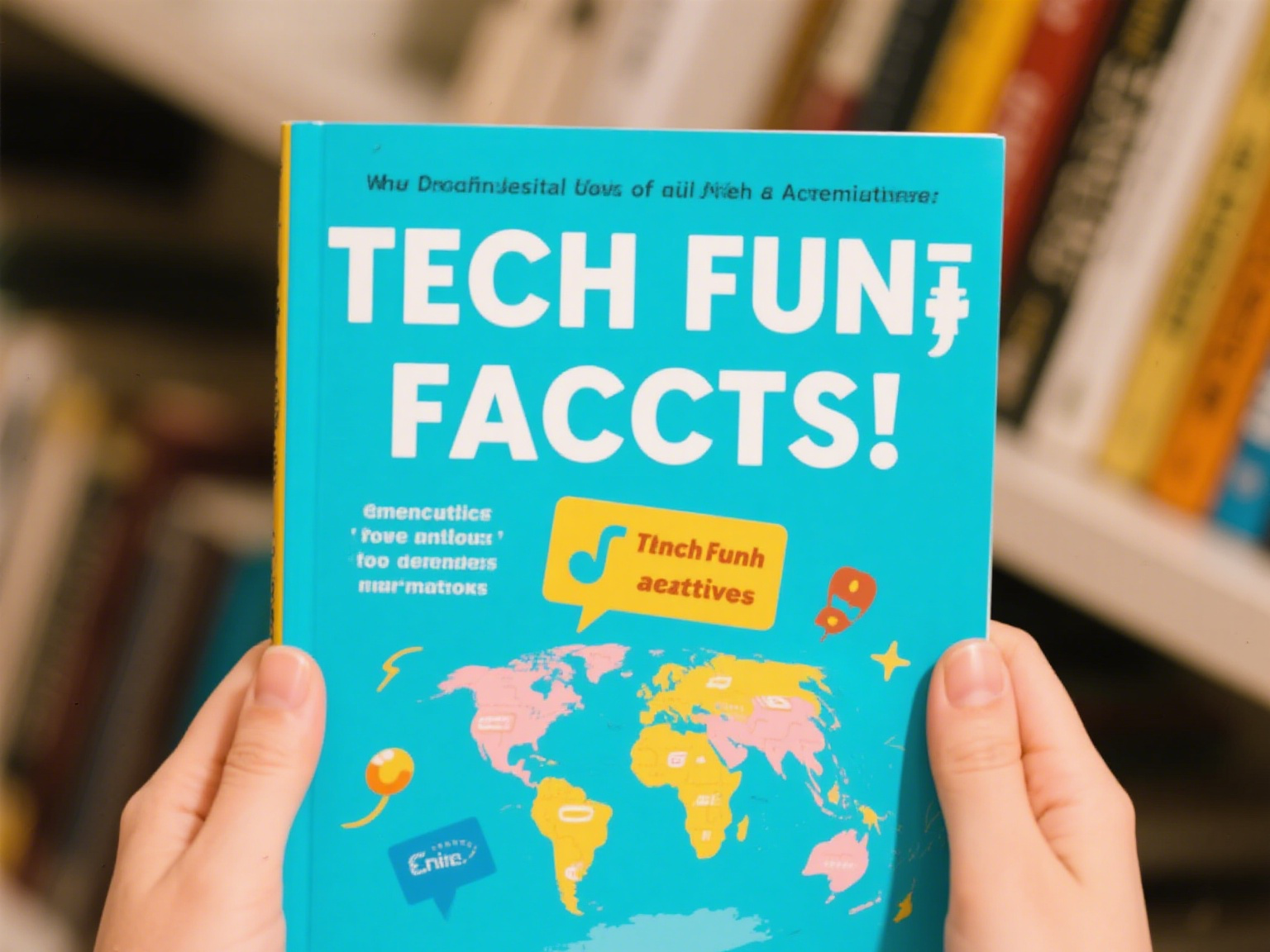
For the die – hard tech enthusiasts following the “Geek Leader Chronicle”, the annals of technology are not only filled with groundbreaking inventions and complex algorithms but also with a trove of fun facts and anecdotes. This article in the “Tech Fun Facts and Anecdotes” section aims to unearth some of these hidden and entertaining aspects of tech history.
The Humble Beginnings of Microsoft
In 1975, a young Bill Gates and his friend Paul Allen founded Microsoft. Their first big break came when they developed a version of the BASIC programming language for the Altair 8800, one of the first personal computers. Gates and Allen worked feverishly in a small office, often pulling all – nighters to meet the tight deadlines. The initial deal with the Altair 8800 was for a measly $3,000 plus royalties, but it was the start of something big.
Microsoft’s early days were marked by a scrappy, startup – like atmosphere. Gates was known for his intense work ethic and his knack for spotting emerging trends in the computer industry. The company’s name, “Microsoft”, was a combination of “microcomputer” and “software”, reflecting their vision of creating software for the burgeoning microcomputer market. Little did they know that this small venture would grow into one of the most influential technology companies in the world.
The Unusual Story Behind the Birth of USB
The Universal Serial Bus (USB) standard, which has become an integral part of our daily lives, has an interesting backstory. In the mid – 1990s, computer users were frustrated with the plethora of different ports on their computers. Each peripheral device, such as a printer, scanner, or mouse, required a specific port, and it was a hassle to manage.
A group of engineers from companies like Intel, Compaq, Digital Equipment Corporation, IBM, and Microsoft came together to solve this problem. They wanted to create a single, standardized port that could be used for multiple devices. The development process was not without its challenges. There were heated debates among the engineers about the technical specifications and the physical design of the USB port.
Surprisingly, the name “Universal Serial Bus” was not the first choice. There were suggestions for more elaborate names, but in the end, simplicity won out. The first USB 1.0 standard was released in 1996, and it gradually became the de – facto standard for connecting peripherals to computers, making our digital lives much more convenient.
The Eccentric Naming of Bluetooth Technology
Bluetooth technology, which allows for wireless communication between devices, has a rather unusual name. The name “Bluetooth” was inspired by Harald Bluetooth, a 10th – century Danish king. Harald Bluetooth was known for his ability to unite the Scandinavian tribes.
The developers of Bluetooth technology, Ericsson, wanted a name that would represent the technology’s ability to connect different devices, much like King Harald united the tribes. They also wanted a name that was easy to remember and pronounce. The Bluetooth logo is a combination of the Nordic runes for “H” and “B”, which stand for Harald Bluetooth. This unique naming choice has made Bluetooth one of the most recognizable wireless technologies in the world.
The First Email and Its Unexpected Impact
In 1971, Ray Tomlinson, a computer engineer, sent the first email. At the time, he was working on a project to create a way for computer users to communicate with each other on the ARPANET, the precursor to the internet. Tomlinson needed a way to distinguish between different users on different computers. He decided to use the “@” symbol, which was relatively unknown at the time.
The first email was a simple test message. Tomlinson sent it between two computers that were sitting right next to each other in the same room. Little did he know that this simple act would revolutionize communication. Today, email is one of the most widely used forms of communication, with billions of emails being sent every day. The “@” symbol, which Tomlinson chose almost by chance, has become an essential part of our digital identities.
In conclusion, these tech fun facts and anecdotes add a layer of charm and depth to the history of technology. They remind us that even the most fundamental and widely – used technologies have interesting stories behind their creation. So, the next time you’re using your computer, smartphone, or any other tech device, take a moment to appreciate these quirky tales that have shaped the tech world we know today.











暂无评论内容